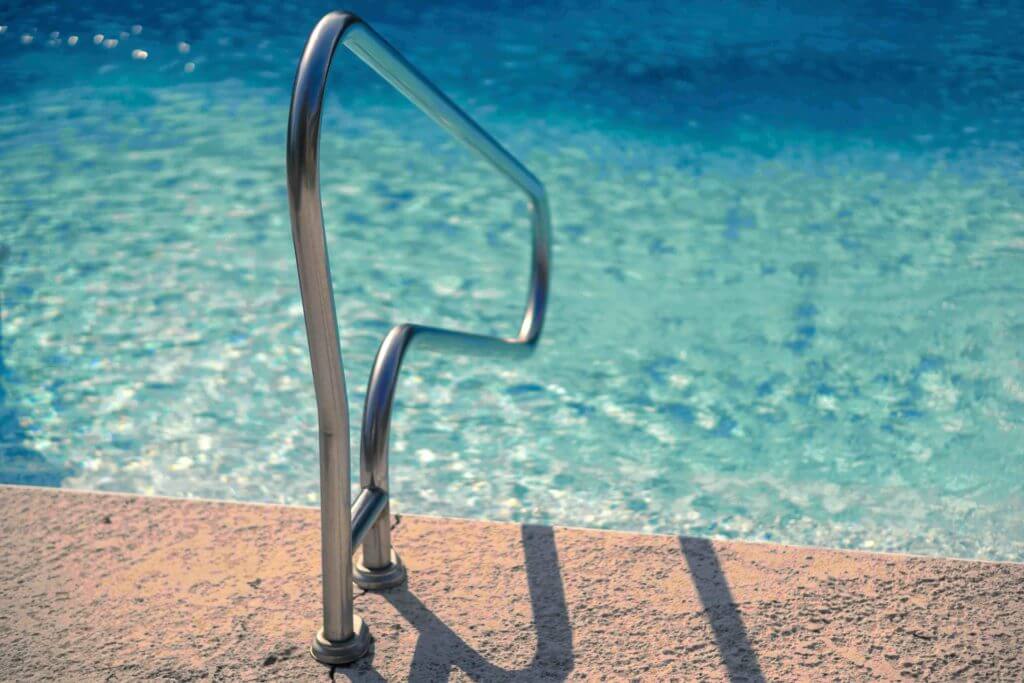Did you know that when you add chlorine to your pool there are three chlorine types that you should monitor? Specifically, free chlorine, combined chlorine and total chlorine are three common chlorine types that any pool operator should be familiar with.
Each different type of chlorine measures the effectiveness of sanitation and understanding each of them will help you maintain clean and clear water, all while protecting your swimmers from harmful chloramines.
Understanding the 3 chlorine types
To understand the differences between free, combined and total chlorine, first take a look at this simple formula:
FC+CC=TC
Free Chlorine
Free chlorine is the type we commonly test to determine the proper chlorine levels in pool water – this is the amount of chlorine that is still available to sanitize your water. Free chlorine is the chlorinated water that has not interacted with any contaminants in the water.
To properly measure free chlorine in your aquatics facility, use a FAS-DPD test kit and make sure that the free chlorine is between 1 and 3 ppm (parts per million). Maintaining these levels will assure your pool water is at an ideal quality.
Combined Chlorine
Combined chlorine is the chlorine that has already been “used up” to sanitize your water. When chlorine in the pool water comes in contact with organic material, such as skin oils, urine or sweat, they react to form combined chlorine, also known as chloramines. Combined chlorine is the source of bad “chlorine” smell, red eyes and irritated skin from pool water.
Once combined chlorine is formed its ability to disinfect is limited. Specifically, it takes 25 parts of combined chlorine to do the work of just one part of free chlorine. So, once you know the level of combined chlorine in your pool, you will have to add about 10 times that amount of free chlorine to get rid of it – this process is otherwise known as overdosing or super-chlorination.
In addition to being an ineffective sanitizer and causing sensory discomfort, exposure to combined chlorine can lead to asthma, allergies and other serious health issues.
Total Chlorine
Total chlorine is simply the sum of the free and combined chlorine in the pool water.
Once you better understand what the differences between free, combined chlorine and total can help you make sure that chlorine is helping your pool and not hurting your swimmers.
Jessica Klauzer-Zimmerman
Jessica joins the Clear Comfort team as a summer extern through the Colorado BioScience Institute's RET Program. She is currently a teacher at Bell Middle School in Golden Colorado and teaches a diverse curriculum in areas such as electrical and structural engineering, computer science, robotics, microcontrollers, 3D modeling and more.



